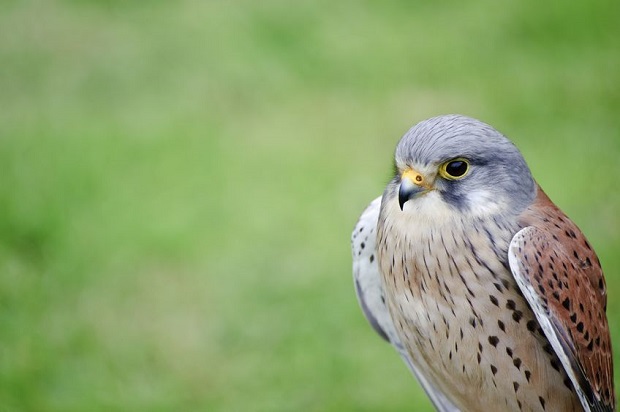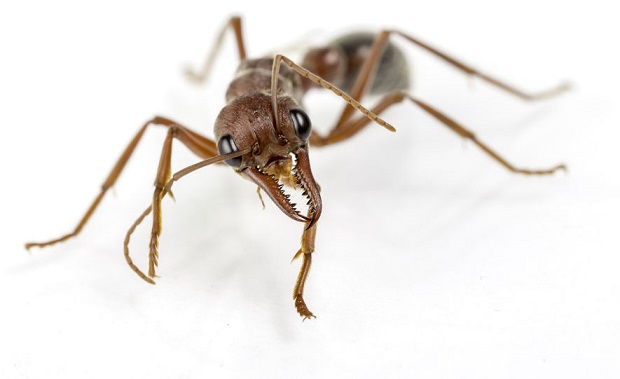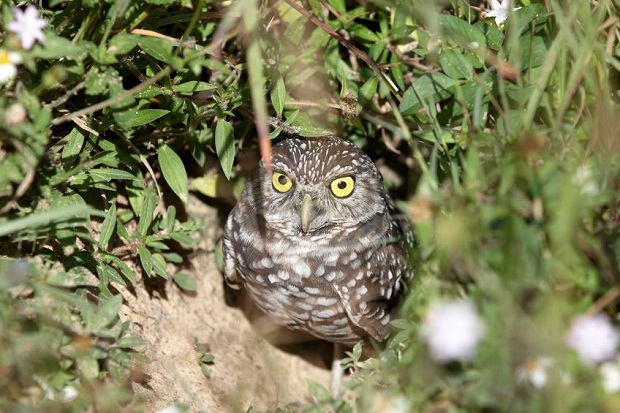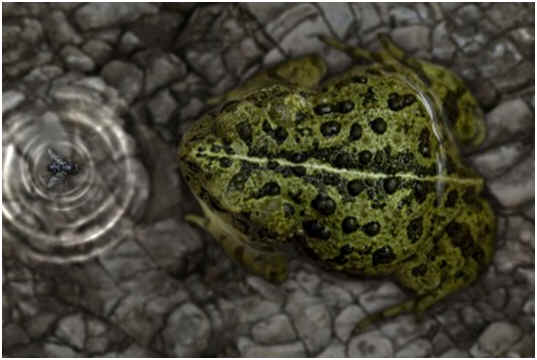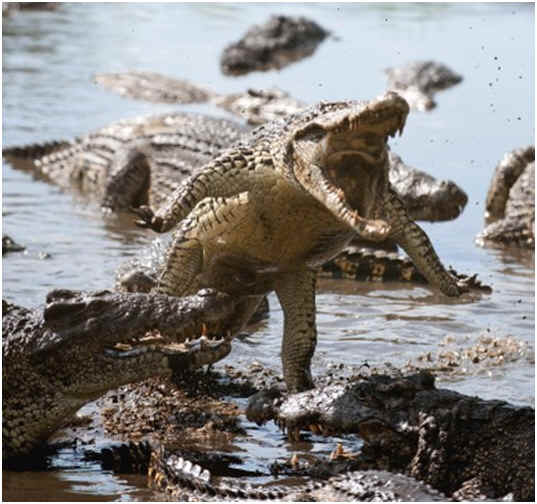
Can Alligators Jump?
Alligators can jump. Not only are they capable of jumping, but they can also leap up to five feet in the air when coming out of the water at a rate of seven meters per second and run up to 30 miles per hour once they are out.
Why Do Alligators Jump?
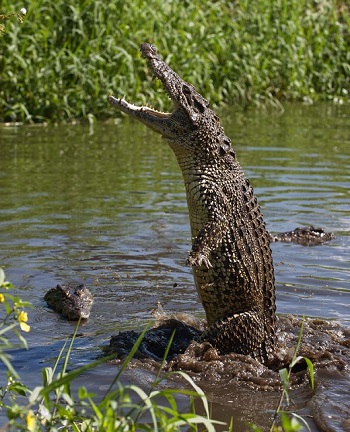
Alligators employ several different hunting tactics, including jumping to strike their prey. Typically, they either sneak up on their prey or lay camouflaged until their prey comes up to them. An alligator strike is all about speed since they are quick and powerful but cannot maintain speed for long. Jumping can get them up to a tree branch or overhang where birds or small mammals are sitting. It can also get them further up the bank to make the best use of their 30-mile-per-hour sprint.
Jumping to Hunt Larger Prey
If they go after larger prey, jumping will give the typically low-to-the-ground alligator a better place to strike. Snapping at the feet of a deer or other large animal gives the alligator a small, less vital target and gives the animal it’s hunting a better chance of getting away. Instead, this reptile jumps for the animal’s neck, giving it a larger, vital target and making it easier to pull the larger animal down. The alligator will then use the downward force of the jump to either break the animal’s neck or pull it off balance so it can be dragged into the water. Once in the water, the alligator is at a strong advantage and usually brings its prey down.
Jumping from Land
Alligators are also capable of jumping from a dead stop on land. They will typically propel themselves with their back legs, stretching and using their length to give them height. This is rare since alligators on land are frequently basking rather than hunting, but it is still quite possible. The jump will be higher if the alligator is already running to catch prey.
Jumping in Captivity
Some zoos and parks, such as Gatorland in Florida, will demonstrate the jumping prowess of alligators. Typically, a professional handler will dangle a piece of chicken from a height to feed the alligators and allow them to jump for it. This gives visitors a chance to see this hunting machine’s true strength and power. This is done carefully by trained professionals behind a carefully maintained fence and should never be attempted with alligators in the wild.
Resources
Nagami, Pamela.
Bitten: true medical stories of bites and stings
New York: St. Martin’s Griffin, 2005. Print.
Sinabel-Captiva Conservation Foundation
Alligators
http://www.sccf.org/content/45/Alligators.aspx
University of Florida Extension
Living with Alligators: A Florida Reality
http://edis.ifas.ufl.edu/uw230
Defenders of Wildlife
Basic Facts about the American Alligator
http://www.defenders.org/american-alligator/basic-facts
